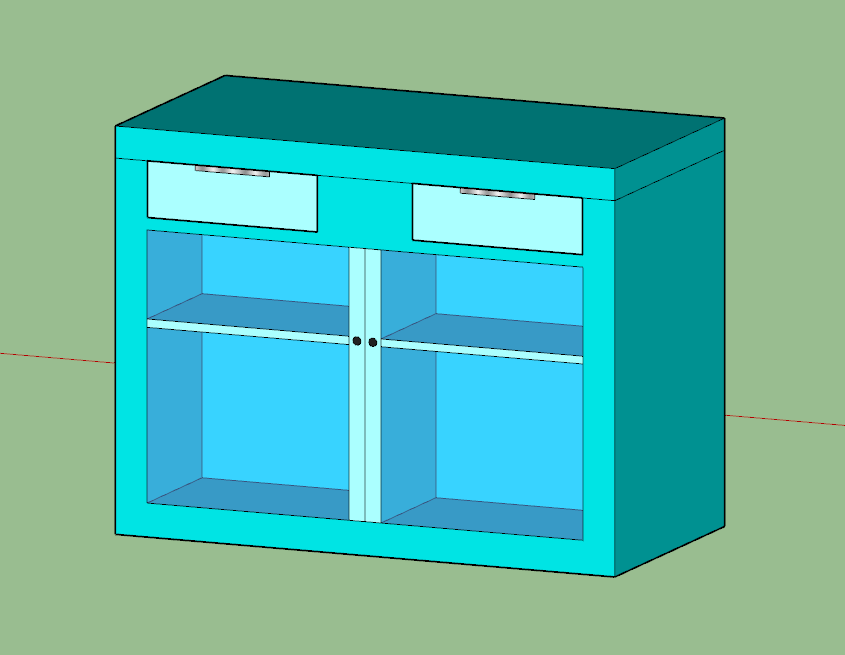Creating a Positive Digital Footprint
https://www.canva.com/design/DAEb3v4CfBM/B6Lu5wU7Wpys_DtnKgV7nw/view?utm_content=DAEb3v4CfBM&utm_campaign=designshare&utm_medium=link&utm_source=sharebutton
This design is an Infographic which is a detailed digital poster that talks about having a positive digital footprint. I made this infographic using Canva. Canva is a graphic design platform that’s used to create graphics, presentations, posters, documents, and other visual content for free. The best thing is that it is easy to use and you can start designing within minutes.
https://www.lowimpact.org/wp-content/uploads/eco-footprints-main.jpg
https://img.freepik.com/free-vector/beach-background-design_1270-71.jpg?size=338&ext=jpg
https://www.internetsociety.org/wp-content/uploads/2017/08/footprint123-2.jpg
Personal/Social Competency Reflection
Some of my preferred strategies for maintaining a healthy, balanced online presence include showing a personal side, as well as a professional side of myself. However, in both cases my strategy would only be the positive images. For example, on Instagram I would only post pictures that are appropriate and showing off my interest and hobbies like skiing. On a professional level, I would show some of my personal projects done in school. This would be a way to maintain a healthy and balanced online presence.
I make digital ethical choices such as standing up for the truth in order to show your personality. Pictures online are worth a thousand words. For example, a picture of me protesting peacefully for a good cause tell a different story than me breaking into property and hurting innocent people. That image talks about the ethical choices a person makes, and who they really are.
Some of the ways I work to build and maintain online relationships are by being kind online. Being kind includes not using foul language, only using positive language and comments that help with bringing out the best in people. For example, there was a heated discussion among my friends online, so I had to get involved to calm everyone by pointing out each person’s positive points and tried to make them see that both were in fact talking about the same idea in different ways. The point here is that my engagement was in a positive manner and helped in settling the differences. The kindness displayed was evident, as was the refrain from using language that would escalate the situation.



